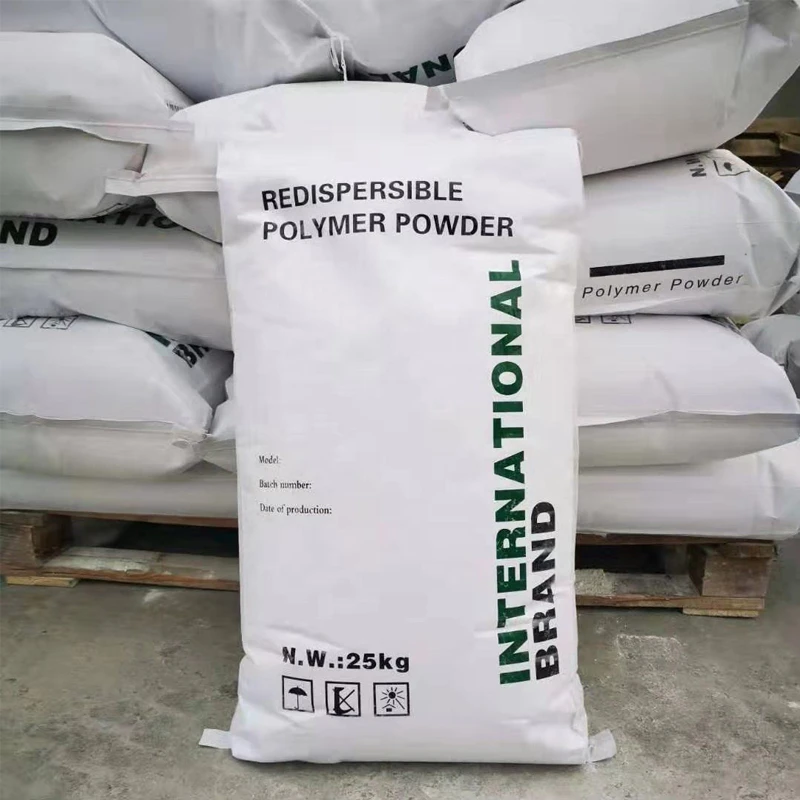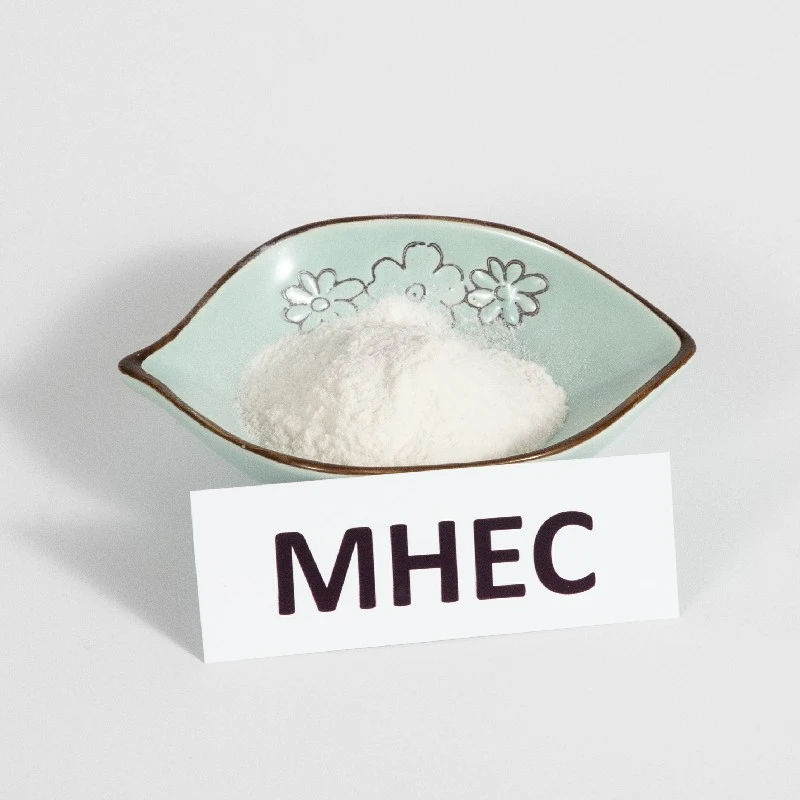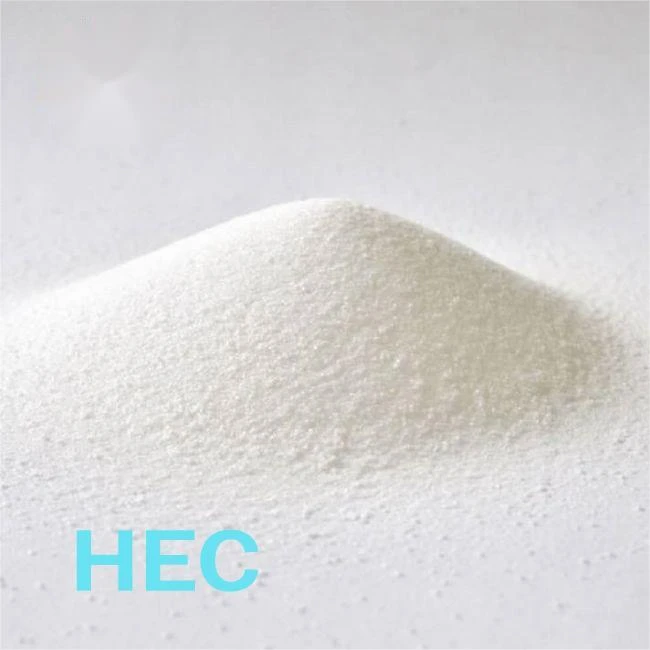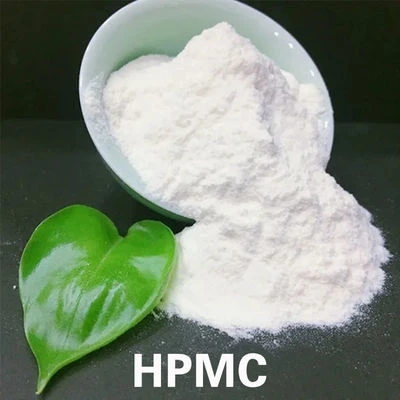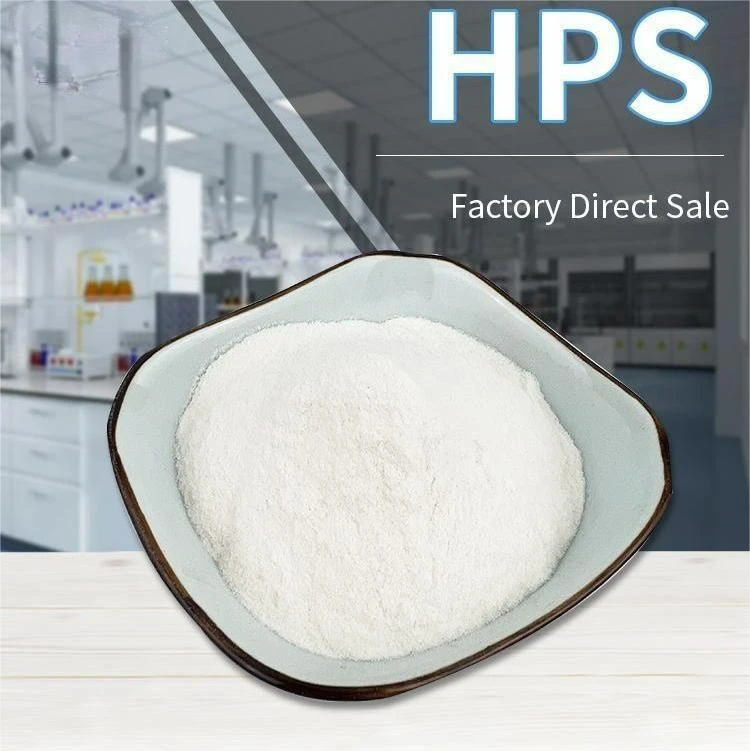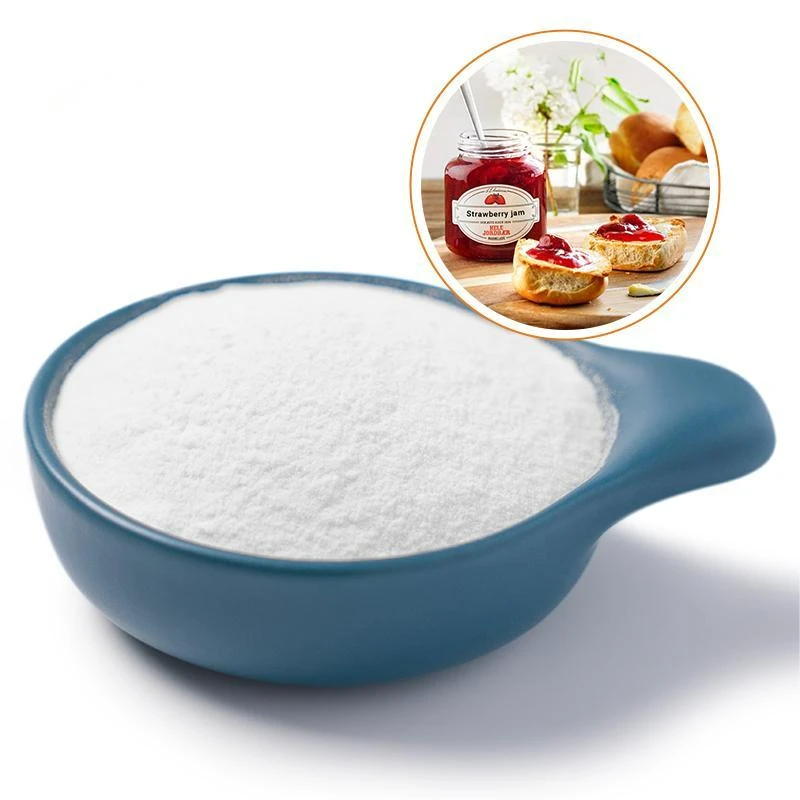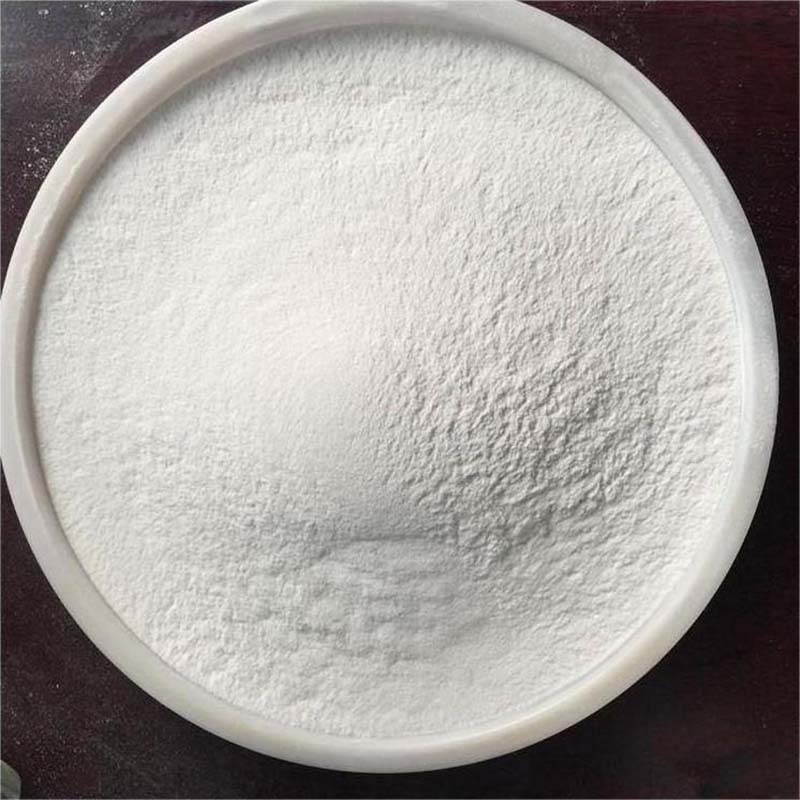High Quality Hydroxypropyl Methyl Cellulose Ether for Construction and Industry
Pengze Technology (Shijiazhuang) Co., Ltd. is a renowned leader and manufacturer in the chemical industry, specializing in **hydroxypropyl methyl cellulose ether** and its related derivatives. With a commitment to scientific excellence, innovation, and sustainable solutions, Pengze Technology provides a comprehensive range of high-quality HPMC products to meet evolving global demands in diverse sectors.
Phone: 18630159590
Address: 1601, Block B, New Century Diamond Plaza, No. 466 Zhongshan East Road, Chang'an District, Shijiazhuang City, Hebei Province
Website: https://www.pezetech.com
Hydroxypropyl methyl cellulose ether is at the heart of Pengze’s leading product line: Hot Sell best Price mecellose hpmc/hpmc chemical 200000/hpmc.
- Form: Odorless, tasteless, nontoxic white or off-white powder
- Types: Hot-dissolving and instant-dissolving
- Hot Melt Type Uses: Dry powder, internal/external wall putty, mortar
- Instant Type Uses: Construction glues, coatings, liquid products
- Related Products: hydroxypropyl methyl cellulose hpmc, hydroxypropyl methylcellulose, hydroxypropyl methylcellulose gel, hydroxypropyl methylcellulose hpmc powder
- Product Page: View detailed parameters >>
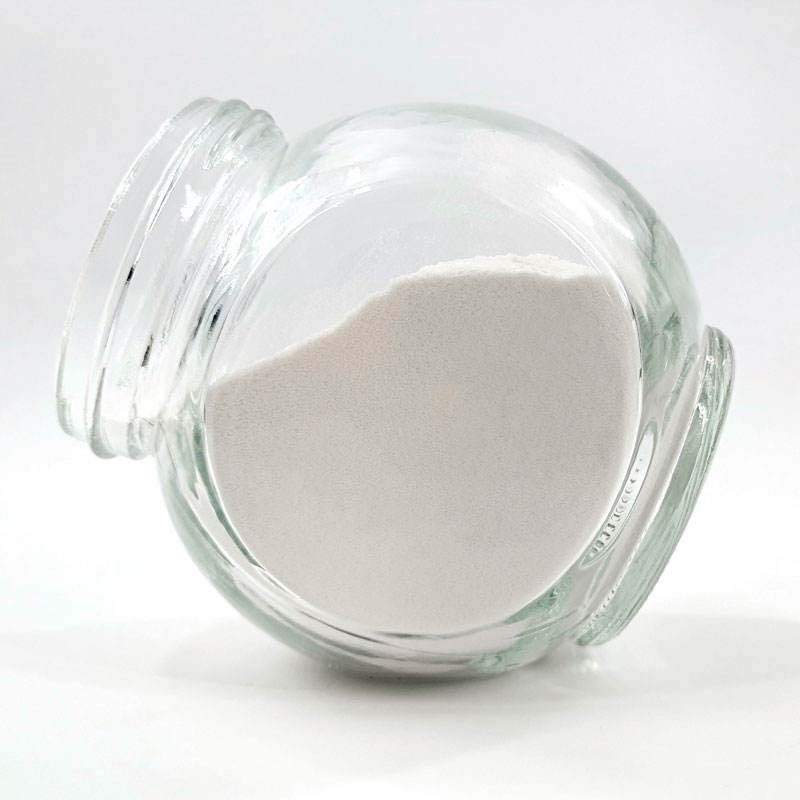
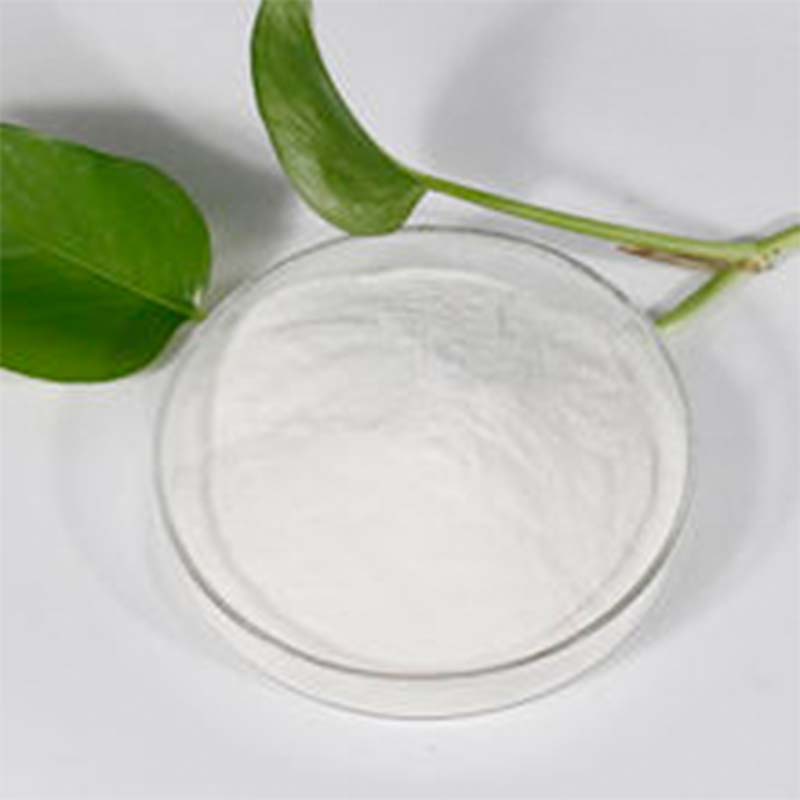
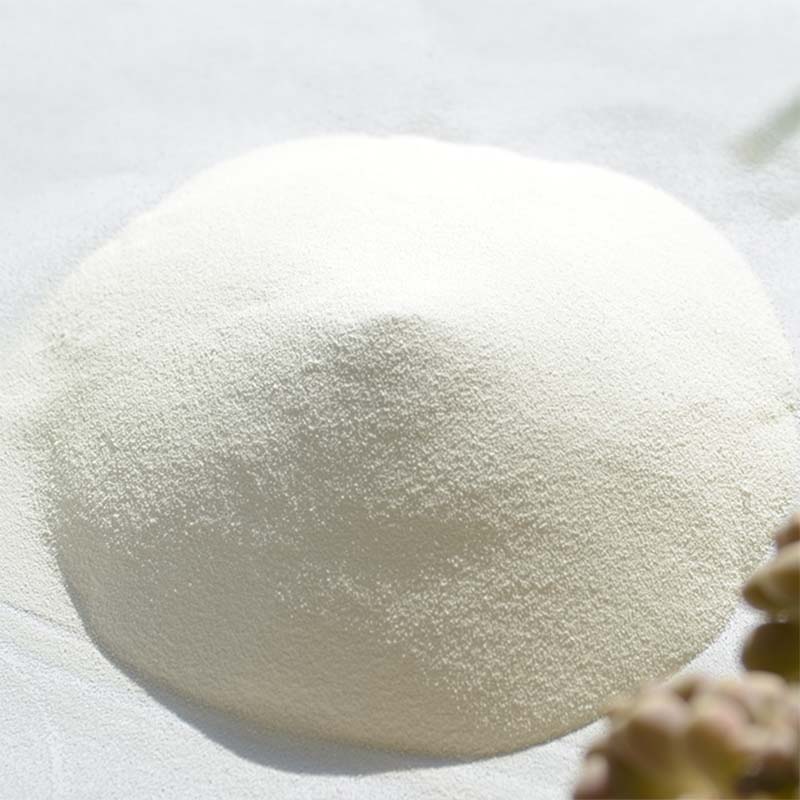
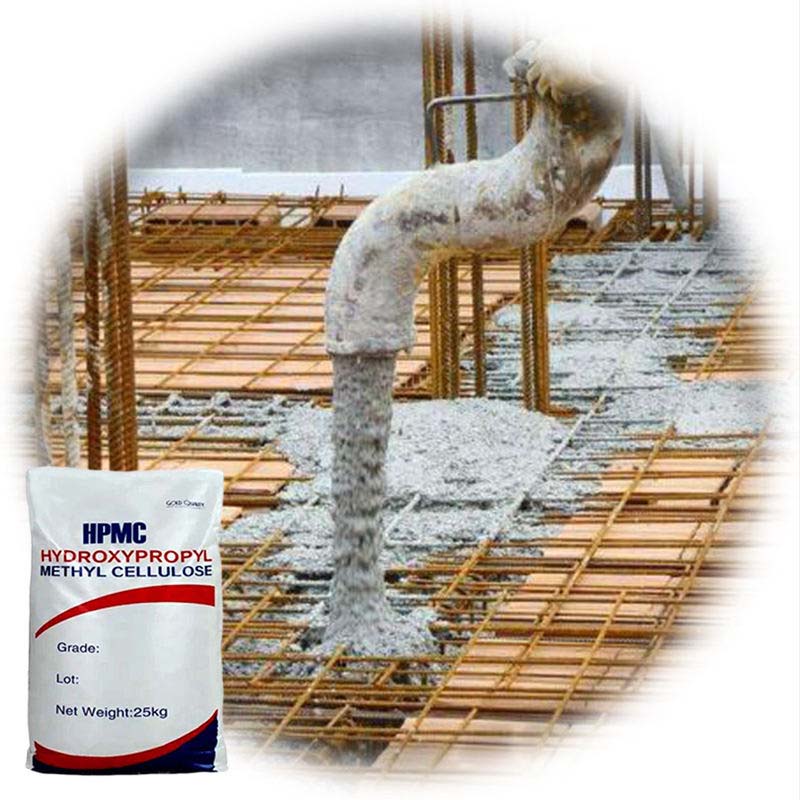
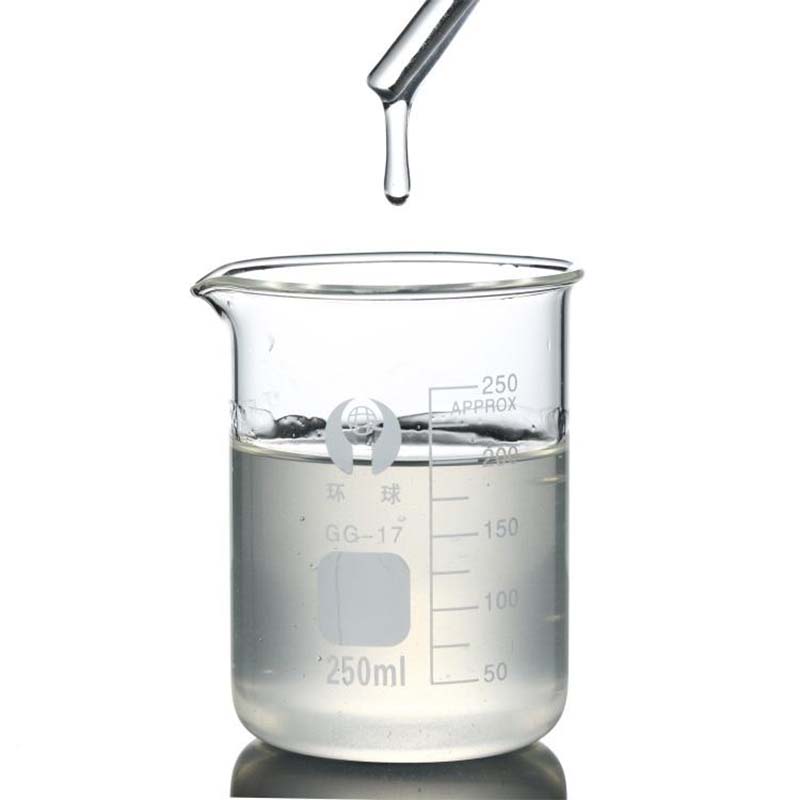
| Property | Specification | Test Method |
|---|---|---|
| Appearance | White or off-white powder | Visual Inspection |
| pH (1% Solution) | 6.0 ~ 8.5 | ISO 976 |
| Methoxy Content (%) | 19.0 - 24.0 | ASTM D1347 |
| Hydroxypropyl Content (%) | 4.0 - 12.0 | ASTM D1976 |
| Viscosity (mPa.s, 2% Solution, 20°C) | 400 - 200,000 | Brookfield Viscometer |
| Moisture (%) | <5.0 | ASTM E203 |
| Ash (%) | <1.5 | ISO 696 |
| Gel Temperature (°C) | 58 ~ 75 | Dynamic Gelation Method |
| Indicator | Hot-Dissolving Type | Instant Type |
|---|---|---|
| Viscosity (2% sol, mPa.s) | 100,000 - 200,000 | 75,000 - 120,000 |
| Methoxy (%) | 19.5 - 24.0 | 19.0 - 23.0 |
| Hydroxypropyl (%) | 7.0 - 12.0 | 4.0 - 10.0 |
| Moisture (%) | <5.0 | <5.0 |
| Ash (%) | <1.0 | <1.5 |
| Gel Temp (°C) | 67 - 75 | 58 - 65 |
- Building & Construction: Mortar, tile adhesives, wall putties – improved water retention, workability, and bonding strength
- Detergents & Cleaners: Liquid detergent stabilizers, thickening agents, and viscosity modifiers
- Paints & Coatings: Rheology modification for uniform pigment distribution
- Pharmaceuticals: Tablet coatings, controlled release excipients, suspension stabilizers
- Food Industry: Texture modifiers, fat replacers, and gluten-free baking aids (Reference 1)
- Others: Cosmetics, personal care, oil drilling, ceramics
With the advancement in chemical synthesis and application technologies, **hydroxypropyl methyl cellulose ether** continues to replace traditional cellulose derivatives in various fields, offering green, high-performance alternatives.
- Q1: What is the molecular structure of hydroxypropyl methyl cellulose ether?
- A1: It is a non-ionic cellulose ether, derived from alkali cellulose and reacted with methyl chloride and propylene oxide. The resulting structure features hydroxypropyl and methoxyl groups providing solubility and gelation functionality (More Info).
- Q2: What are the available viscosity grades?
- A2: Viscosity options span from 400 to 200,000 mPa.s (2% solution, 20°C). Applications often dictate the appropriate grade; construction-grade ranges are widely in the 50,000–150,000 mPa.s window.
- Q3: What are the storage and shelf-life recommendations?
- A3: Store in a cool, dry environment. The material is stable for over 24 months in sealed packaging, with minimal moisture uptake or functional loss if protected from direct sunlight and humidity.
- Q4: How can compatibility be evaluated in building materials?
- A4: Compatibility with cement, gypsum, and lime is crucial. Laboratory tests involve setting time, flexural/compressive strength, adhesion, and shrinkage measurements to tailor **hydroxypropyl methyl cellulose ether** performance.
- Q5: What are the main installation standards for use in drymix mortars?
- A5: International standards include EN 998 (European Standard for Thin Layer Mortars for Masonry), ASTM C91 (United States Portland Cement Based Plaster), ensuring optimized HPMC content and mixture homogeneity.
- Q6: Does HPMC affect mortar open time and sag resistance?
- A6: Yes. The unique molecular modification of **hydroxypropyl methyl cellulose ether** improves water retention, extends open time and enhances anti-sagging, crucial for tile adhesives and putties.
- Q7: Are custom formulations or private labeling available?
- A7: Pengze Technology (Shijiazhuang) Co., Ltd. provides OEM/ODM customization to meet unique viscosity, gelation, and regulatory requirements for global clients.
- Expertise: The technical parameters provided are sourced directly from laboratory measurement data and reflect state-of-the-art cellulose ether technology [Celluloseether.com]
- Authoritativeness: Product compliance is benchmarked to international standards such as ASTM D1347 and ISO 22117.
- Trustworthiness: Pengze Technology is a verified supplier with traceable batch records and full documentation upon request.
With rapid advances in material science and technological innovation, **hydroxypropyl methyl cellulose ether** is set to play a pivotal role in multiple sectors over the coming decades. Its adaptability to market and technical needs ensures its continued expansion, especially as industries push for greener, safer, and higher-performing solutions.
For industry analysis and application studies, refer to:
- ScienceDirect – Hydroxypropyl Methylcellulose Topic Page
- ResearchGate – Hydroxypropyl Methylcellulose
- Cellulose Ether Industry Forum
- Carbohydrate Polymers Journal: Application of HPMC
For technical support or to discuss custom cellulose ether formulations, contact Pengze Technology (Shijiazhuang) Co., Ltd. via ben@pezetech.com or 18630159590.
-
The Versatile World of Carboxymethyl Cellulose Solution for Industrial SolutionsNewsJul.23,2025
-
Reliable Redispersible Polymer Powder Options for Professional BuildersNewsJul.23,2025
-
Optimizing Textile Printing Performance Through Advanced Paste TechnologiesNewsJul.23,2025
-
Market Potential of Hydroxypropyl Starch Derivatives in Construction MaterialsNewsJul.23,2025
-
Innovative Applications of HEmc Cellulose in Modern IndustriesNewsJul.23,2025
-
Hpmc Gel Powder Adhesive Building ExcellenceNewsJul.23,2025

